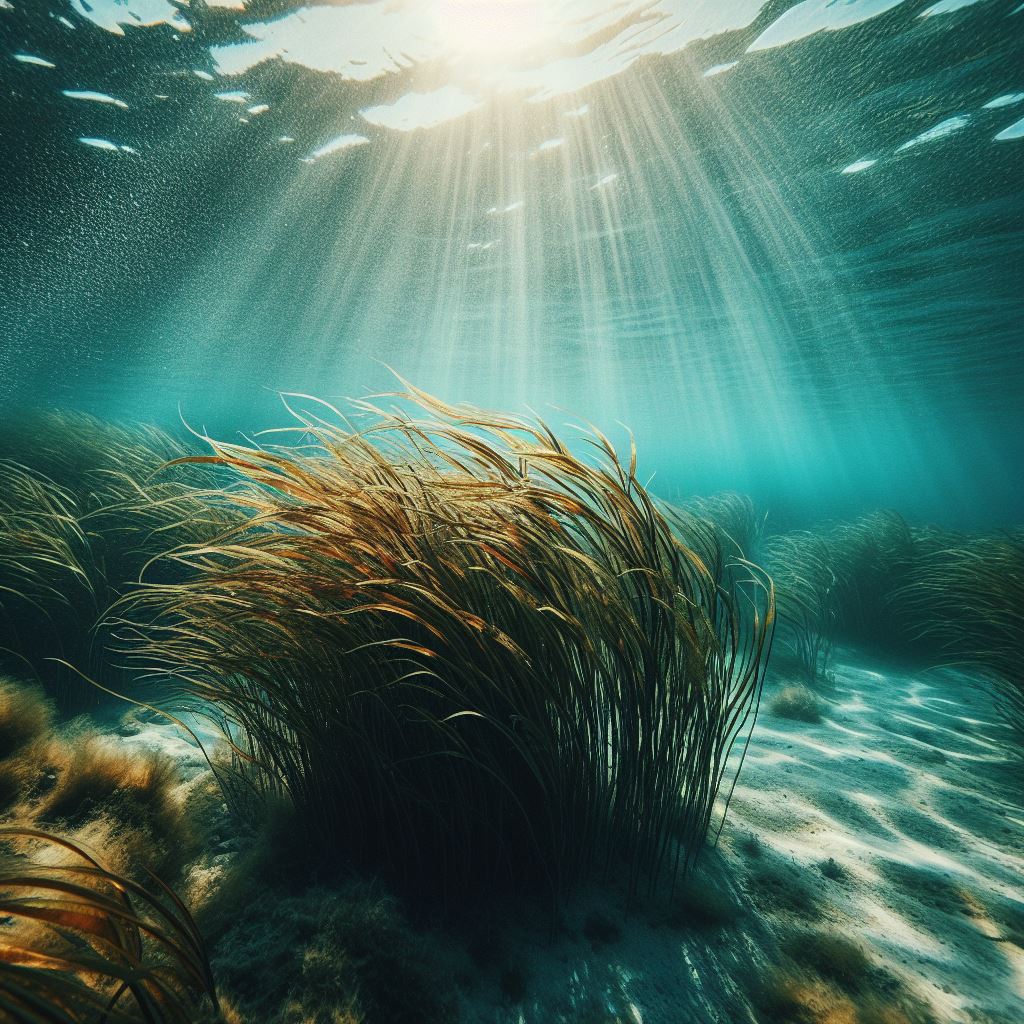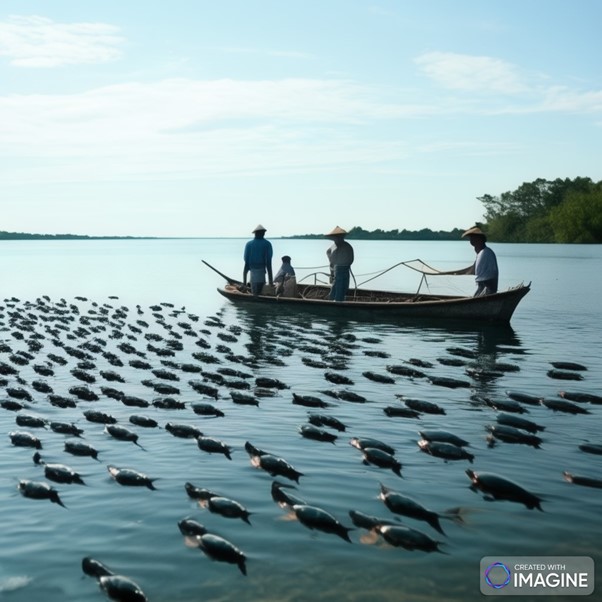By: Dr. Ferdius @ Ferdaus Binti Mohamat Yusuff
Blood cockle productivity in Malaysia has been significantly impacted by multiple stressors driven by the combined influence of hydrometeorological and land use change. Various efforts have been made by related agencies to reduce the potential factors that caused low productivity, including farm expansion and introduction of new farm areas as in Selangor and Johor (DOF, 2017). However, the positive result was not sustained as the yield constantly decreased in the following years and worsened starting from the year 2016 (DOF, 2019). The failure of such efforts is alarming to the cockle industry. Expected due to little work has been done to collect and standardize data in different types of habitat prior introduction as new blood cockle cultivation lots. Coastal zones along the west coast of Peninsular Malaysia that serve as blood cockles habitat was well reported receiving high load of pollution from the shipping industry and agricultural activities, experiences degradation and erosion of mudflats, deterioration of shallow coastal habitats due to extreme weather events (Izura & Hooi, 2008); and rapid changes in sea surface temperature (Fadzil et al., 2010). Thus, the potential of sites with low risk such as an estuary or non-coastal areas have to be identified. Studies on the effectiveness of cockle aquaculture within a Malaysian estuarine environment remain inadequate and not well understood, particularly in terms of growth and mortality to predict yield under varying conditions within an estuarine environment.
A preliminary work done by Joni et al. (2019) in an estuary environment suggested, under five months of observation at three different sites within an estuary, different water salinity levels have a significant influence on blood cockles’ growth pattern as low water salinity potentially affects their feeding rate. The cockle survival in an estuary is influenced by water turbidity level. High levels of water turbidity for a prolonged period lead to lower blood cockle survival rate within the study area. Other five water parameters (temperature, pH, conductivity, dissolved oxygen (DO), and water current) statistically show no significant effects on cockle growth within the study site and remained within an acceptable range for cockle farming activity. However, a longer period of cockle growth measurement and a broader scope of environmental data are highly recommended to confirm estuary or non-coastal areas as blood cockles farming sites.
 Figure 1. Location of all the blood cockle plots within at estuary area (P1-P3). Image retrieved from Joni et al. 2019.
Figure 1. Location of all the blood cockle plots within at estuary area (P1-P3). Image retrieved from Joni et al. 2019.
 Figure 2. A blood cockle at less dense habitat in as estuary area during high tide.
Figure 2. A blood cockle at less dense habitat in as estuary area during high tide.
 Figure 3. A blood cockle at less dense habitat in as estuary area during low tide.
Figure 3. A blood cockle at less dense habitat in as estuary area during low tide.
 Figure 4. A blood cockle at less dense habitat in as estuary area during low tide.
Figure 4. A blood cockle at less dense habitat in as estuary area during low tide.
 Figure 5. Variation of blood cockle’s shell length collected from estuary area.
Figure 5. Variation of blood cockle’s shell length collected from estuary area.
 Figure 6. A 1m x 1 m quadrate to identify blood cockle density at estuary area.
Figure 6. A 1m x 1 m quadrate to identify blood cockle density at estuary area.
 Figure 7. An estuary area may have potential as blood cockle farming site.
Figure 7. An estuary area may have potential as blood cockle farming site.
 Figure 8. Water quality monitoring works at an estuary area that may have potential as blood cockle farming site.
Figure 8. Water quality monitoring works at an estuary area that may have potential as blood cockle farming site.
Date of Input: 28/02/2021 | Updated: 31/03/2021 | nsyahirah
MEDIA SHARING













 Figure 1. Location of all the blood cockle plots within at estuary area (P1-P3). Image retrieved from Joni et al. 2019.
Figure 1. Location of all the blood cockle plots within at estuary area (P1-P3). Image retrieved from Joni et al. 2019.  Figure 2. A blood cockle at less dense habitat in as estuary area during high tide.
Figure 2. A blood cockle at less dense habitat in as estuary area during high tide. Figure 3. A blood cockle at less dense habitat in as estuary area during low tide.
Figure 3. A blood cockle at less dense habitat in as estuary area during low tide. Figure 4. A blood cockle at less dense habitat in as estuary area during low tide.
Figure 4. A blood cockle at less dense habitat in as estuary area during low tide. Figure 5. Variation of blood cockle’s shell length collected from estuary area.
Figure 5. Variation of blood cockle’s shell length collected from estuary area. Figure 6. A 1m x 1 m quadrate to identify blood cockle density at estuary area.
Figure 6. A 1m x 1 m quadrate to identify blood cockle density at estuary area. Figure 7. An estuary area may have potential as blood cockle farming site.
Figure 7. An estuary area may have potential as blood cockle farming site. Figure 8. Water quality monitoring works at an estuary area that may have potential as blood cockle farming site.
Figure 8. Water quality monitoring works at an estuary area that may have potential as blood cockle farming site.














